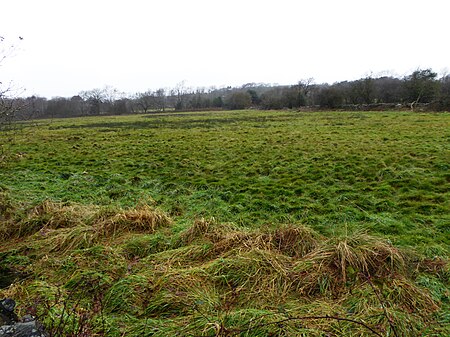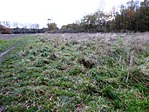Holly Rock Fields
Sites of Special Scientific Interest in Leicestershire

Holly Rock Fields is a 3.9 hectares (9.6 acres) biological Site of Special Scientific Interest east of Coalville in Leicestershire.This is a nationally important site as it is primarily the nationally scarce National Vegetation Classification type MG5, crested dog’s-tail and common knapweed grassland. The fields have not been subject to agricultural intensification, and they are floristically diverse.The site is private land with no public access.
Excerpt from the Wikipedia article Holly Rock Fields (License: CC BY-SA 3.0, Authors, Images).Holly Rock Fields
Greenhill Road, North West Leicestershire
Geographical coordinates (GPS) Address Nearby Places Show on map
Geographical coordinates (GPS)
| Latitude | Longitude |
|---|---|
| N 52.725 ° | E -1.319 ° |
Address
Greenhill Road
Greenhill Road
LE67 4UH North West Leicestershire
England, United Kingdom
Open on Google Maps










